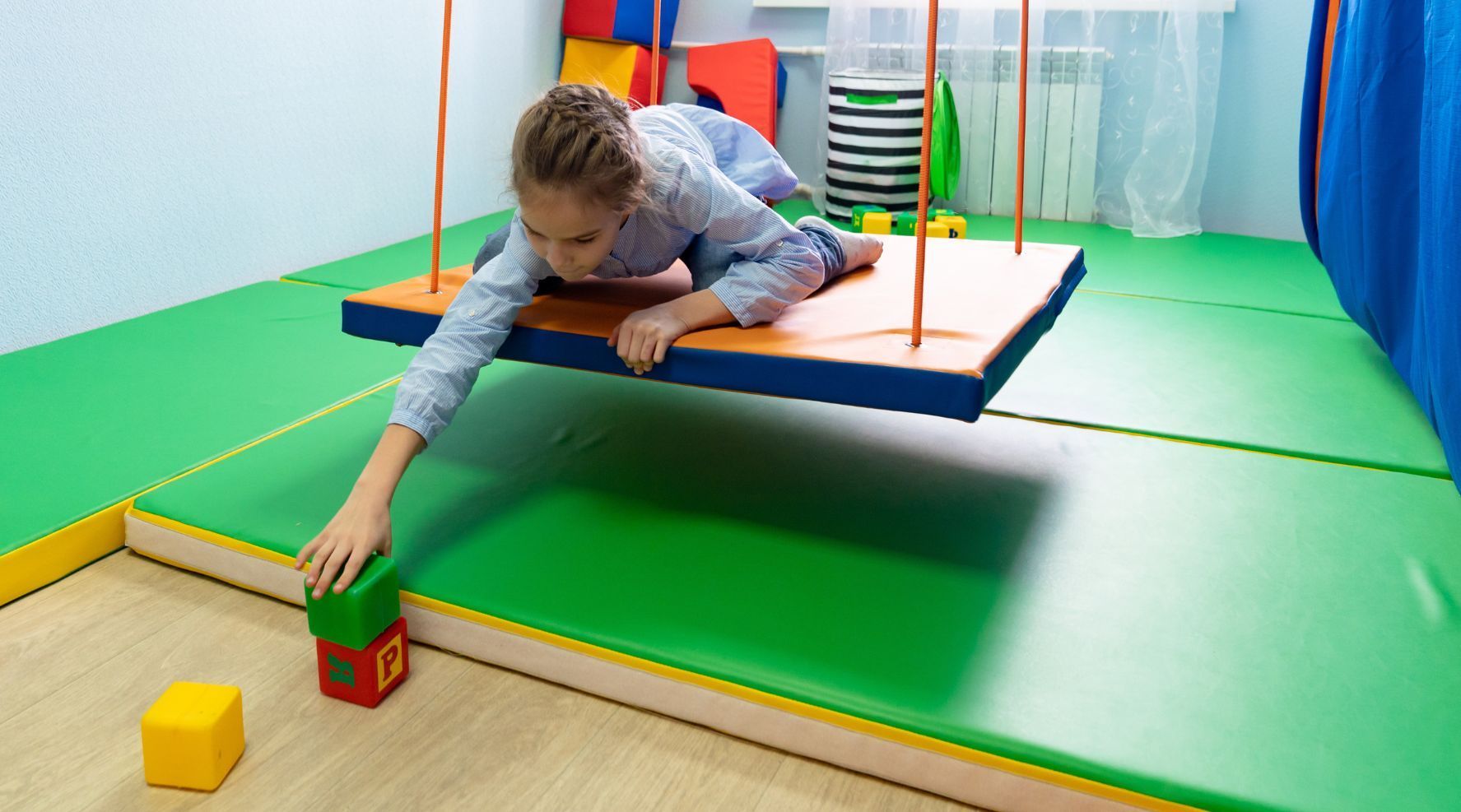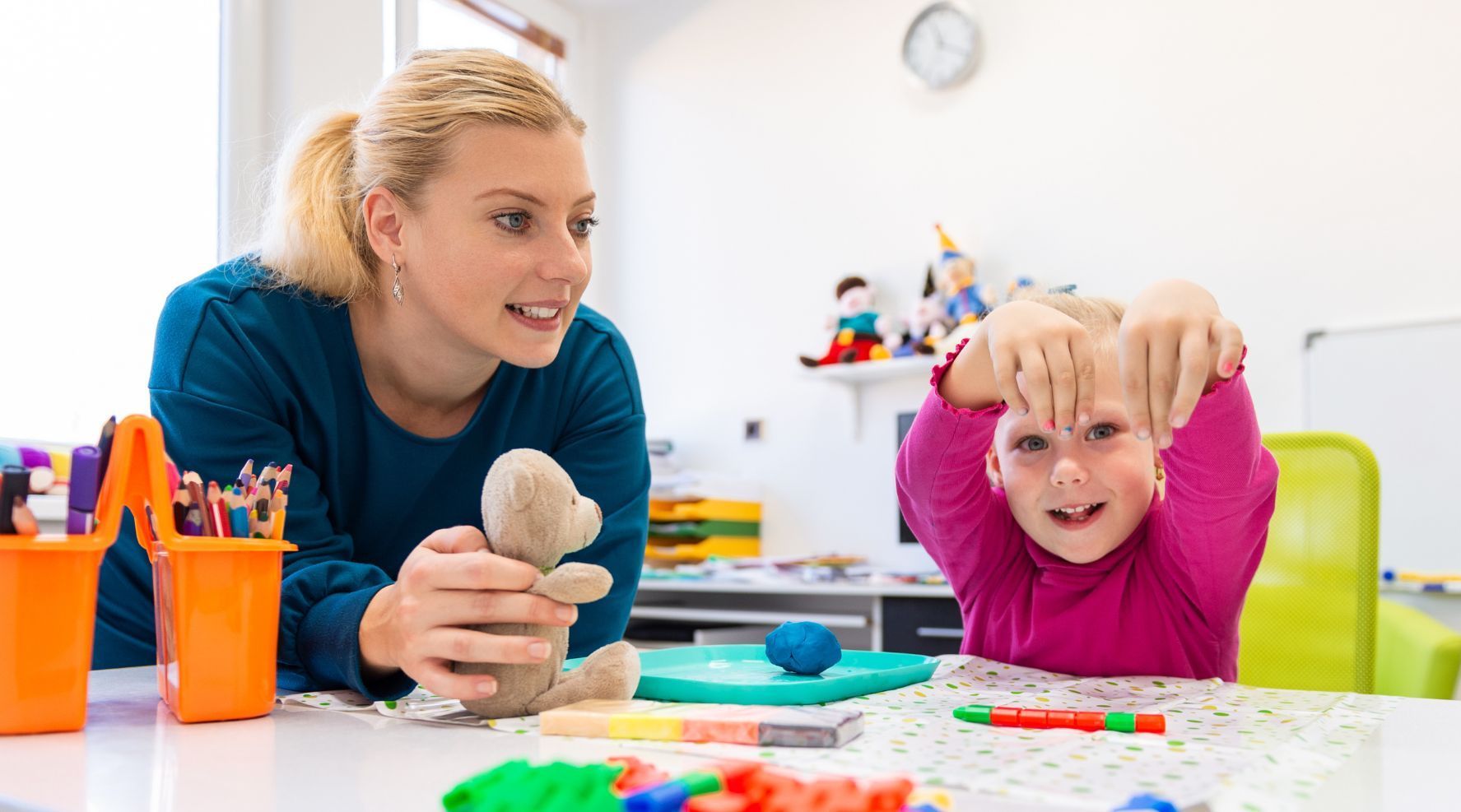The Benefits of Creating a Sensory Playroom at Home
Children with sensory issues make it clear at an early age that there are things about their world that affect them far more dramatically than other kids. Loud noises, bright lights, crowds, and seams or tags on clothing can cause distress.
Environments that seem benign to most kids can be overwhelming to children on the autism spectrum or those who have separate sensory processing or sensory integration issues. Speech and occupational therapies can help kids whose brains process sensory inputs in a different way. But parents can also fashion spaces at home that help kids with these differences learn how to cope. Consider the benefits of creating a sensory playroom at home.
What Is a Sensory Playroom?
A sensory playroom is a dedicated space that contains equipment that helps a person regulate their extreme reactions to sensory stimuli. It also provides a retreat when a person with sensory issues feels a meltdown coming on from overstimulation.
Sensory rooms are also great for kids who need more, not less, sensory input. Children who hug too tightly, deliberately crash into things, or engage in dangerous behaviors like jumping from heights may be "sensory-seeking” types who need stronger sensory inputs to regulate their physical and emotional selves.
You can even customize a sensory playroom to help with specific concerns. Sensory gym equipment can include swings, monkey bars, slides, beanbag chairs, “crash-pad” cushions, ride-on bouncing balls, climbing walls, and more. Occupational therapists use these types of equipment to help children with sensory integration issues.
A Safe Space
One of the biggest sensory gym benefits at home is that it offers children a safe place to retreat, play, and use equipment that helps them understand where their bodies are relative to other objects. It also helps them improve balance and understand different levels of force and pressure. Because it is at home, children with sensory issues know they’re in a supportive environment in which people won’t judge them for needing to retreat, take a break, and maybe hop on a swing for a while.
Home sensory gyms don’t have to be large or expensive. You can put up a play tent and stock it with weighted blankets, a streaming device for soothing “sleep” or “brain wave” music, or bubble tubes for your child to stare at. If you’ve got a sensory seeker on your hands, a mini trampoline or swing in the basement or a corner of the family room padded with mats might work.
Reinforce Therapy Between Sessions
Another benefit of a home sensory gym is that it allows your child to show you the types of activities and movements they work on with their therapist. Communication with the therapist is important, as you can share observations and get the therapist’s input on what your child’s sensory-avoiding or sensory-seeking behaviors may mean. Together, you can ensure your child has access to play environments that help prepare them for a noisy, bright, and scratchy real world.
Royalty Sensory Gyms is your home for a variety of at-home sensory gym equipment. We’ll work with you to create a space where your child can feel safe and secure, no matter the circumstances. To learn more about the benefits of a sensory gym, give us a call today!





